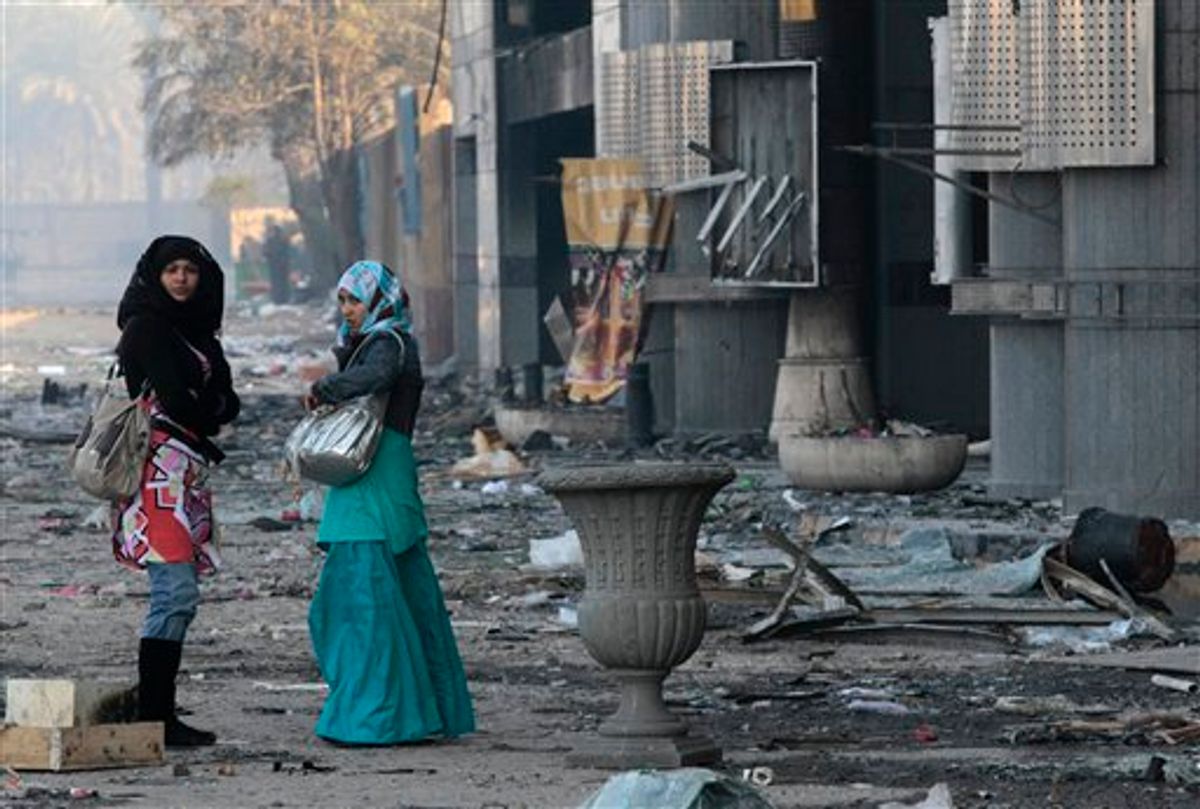It’s been a sight to see hundreds of thousands, if not millions, of protesters clashing with police and military against the backdrop of one of the world’s oldest civilizations. Here are the three locations where most of the conflict has played out.
Cairo: “The City of 1,000 Minarets” is one of the most heavily populated in the world, a major hub of the region’s commerce and culture and Egypt’s capital.
- Protesters have flocked to Tahrir Square since demonstrations began last Tuesday. The square is a central meeting place and tourist attraction. “Tahrir” translates to “Liberation,” harkening back to the Egyptian revolution of 1952, when the country finally shook off its imperial yoke after thousands of years of outside rule. (Voice of America)
- Opposition leader Mohamed ElBaradei returned to Cairo after time abroad to play a leadership role in the protests. (BBC)
- Tahrir Square will be the staging ground for a so-called “march of a million” protest planned for Tuesday. (The Telegraph)
- Rioters broke into Cairo’s Egyptian Museum on Saturday, reportedly ripping off the heads of two mummies. (AP)
Suez: While Cairo has garnered the lion’s share of media coverage, unrest in this port city remains very much of interest to world leaders. Eight percent of the world’s seaborne cargo travels from the Mediterranean to the Red Sea through the Suez Canal.
- World oil prices approached $100/barrel, driven by concerns over a potential disruption of shipments through the canal. (AFP, Business Insider)
- Still, shipping through the canal remains open and without delays, and some experts are saying closure remains unlikely. (Bloomberg)
Alexandria: The seaside enclave is Egypt’s second most populous city and its largest seaport. Some of the biggest and most violent conflicts this past week have taken place there.
- The city is a “bastion” for the Muslim Brotherhood, which was notably absent from the early rounds of protest. Once the fundamentalist organization threw its hat into the ring, Alexandria was engulfed in increasingly large and violent protests. (AP)
- The body of Noor Ali Noor, a member of the Brotherhood shot dead over the weekend, was carried through the streets afterwards. (euronews)

Shares